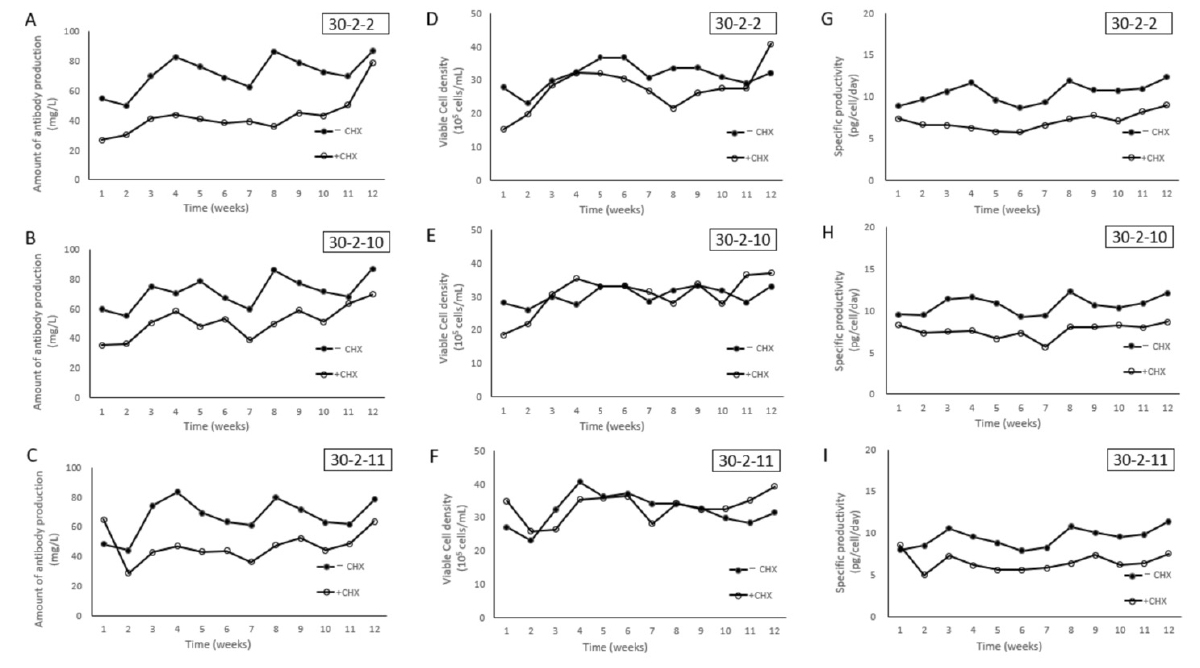2023-07-17 米国国立標準技術研究所(NIST)
◆しかし、低磁場MRIスキャナが最大の潜在能力を発揮するためには、低磁場画像とそれが表す組織の性質との関係を理解するためのさらなる研究が必要です。そのため、NISTの研究者は低磁場MRI技術の進化と弱い磁場での画像生成方法を検証し、MRIのより広範な利用を促進する研究を行っている。
<関連情報>
- https://www.nist.gov/news-events/news/2023/07/new-nist-measurements-aim-advance-and-validate-portable-mri-technology
- https://link.springer.com/article/10.1007/s10334-023-01095-x
生体内定量MRI: 0.064 Tにおけるヒト脳のT1およびT2測定 In vivo quantitative MRI: T1 and T2 measurements of the human brain at 0.064 T
Kalina V. Jordanova,Michele N. Martin,Stephen E. Ogier,Megan E. Poorman & Kathryn E. Keenan
Magnetic Resonance Materials in Physics, Biology and Medicine Published:20 May 2023
DOI:https://doi.org/10.1007/s10334-023-01095-x

Abstract
Objective
To measure healthy brain T1 and T2 relaxation times at 0.064 T.
Materials and methods
T1 and T2 relaxation times were measured in vivo for 10 healthy volunteers using a 0.064 T magnetic resonance imaging (MRI) system and for 10 test samples on both the MRI and a separate 0.064 T nuclear magnetic resonance (NMR) system. In vivo T1 and T2 values are reported for white matter (WM), gray matter (GM), and cerebrospinal fluid (CSF) for automatic segmentation regions and manual regions of interest (ROIs).
Results
T1 sample measurements on the MRI system were within 10% of the NMR measurement for 9 samples, and one sample was within 11%. Eight T2 sample MRI measurements were within 25% of the NMR measurement, and the two longest T2 samples had more than 25% variation. Automatic segmentations generally resulted in larger T1 and T2 estimates than manual ROIs.
Discussion
T1 and T2 times for brain tissue were measured at 0.064 T. Test samples demonstrated accuracy in WM and GM ranges of values but underestimated long T2 in the CSF range. This work contributes to measuring quantitative MRI properties of the human body at a range of field strengths.


